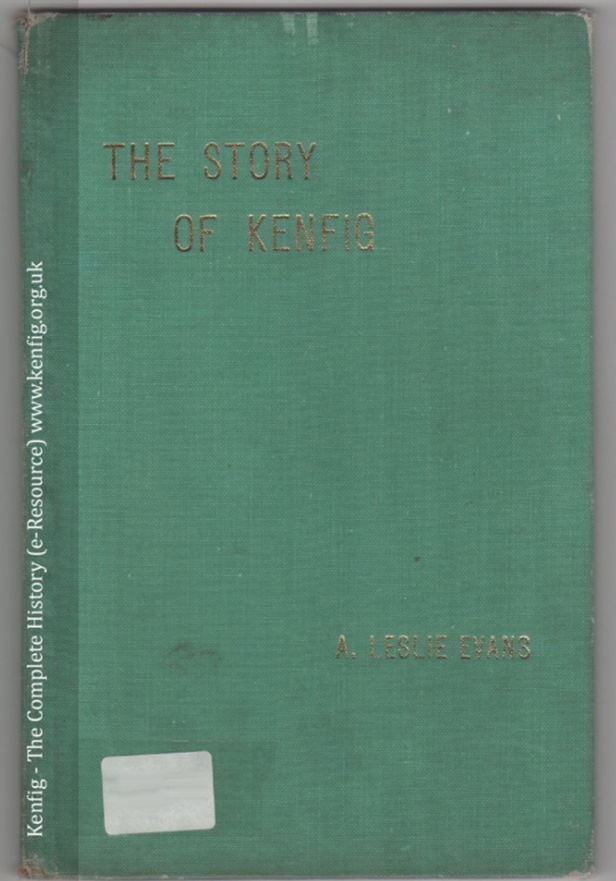A History of Kenfig
KENFIG/MARGAM/PORT TALBOT HERITAGE – Local Historian/Author
NOTABLE PEOPLE – (Contribution to Education & Local Heritage)
Mr Arthur Leslie Evans (1911-1996)
Book Review:
THE STORY OF KENFIG

Kenfig was, with Neath, among the smaller of the 7 boroughs which served the needs of the medieval lordship of Glamorgan.
Its castles, strategically situated near the mouth of a river which in the 12th century was nagigable, shared with Llangynwyd the task of containing the dependant but ever dangerous Welsh lords of Afan – the settlement was doomed almost from its inception by the growing threat of coastal erosion.
By about 1470 the burgesses were forced to abandon their town to the encroaching sand & move up onto higher ground near Maudlam Church.
They maintained their corporate existence until a few years after the passing of the Municipal Corporations Act of 1883.
The manner of Kenfig’s disappearance beneath waves of blown sand has lent a glamour to its story which has been fully exploited in popular legend – even Thomas Gray could hardly resist entitling his own sober work on the town “The Buried City of Kenfig.”
It was the inaccessiblity of the latter work (published in 1909) & the entreaties of his friends which prompted the author to write the present work – his 3rd excursion into the history of West Glamorgan.
It would be unfair to Mr Evans to regard the present work as a mere epitome of Gray.
Gray’s narrative has, indeed, been condensed but much new material has been added – he has given fuller coverage to the post-Reformation period than Gray & has illustrated his account with extracts from court presentments, borough accounts & parish registers.
Not the least valuable of Mr Evans’ additions are his chapter on places of interest & his own excellent pen and ink line drawings which accompany it – Mr Evans has done a real service in illustrating for the 1st time some of the lesser known domestic buildings of the area.
A few points call for comment.
By an oversight, perhaps, the author has omitted to provide a scale for his plan of the castle (p.20) & his map of the Kenfig region (p.27) – the date on the spandrels of the outer doorway at Ty Maen (p.70), despite its Tudor features, is 1650 and not the amended 1550 as Gray suggested.
Architectural details can often be misleading when dating domestic architecture, interior decoration & clothes often reached Wales after a considerable time lage and when once established tended to persist longer than in England.
Both the present Stormy farmhouse (p.73) & the ruins in Church field to the south-east of Geoffrey Sturmi’s motte and bailey castle have claims to be the original site of Margam Abbey’s grange – the Ordinance Survey have decided in favour of the latter (6′ OS Glam. XL.NW).
The 12th century site of Geoffrey Sturmi’s stockaded home with its traces of later foundations & a filled-in well in the bailey, cries out for excavation and offers a far easier & more profitable proposition for the archaeologist than the now buried streets & burgages of Kenfig.
Mr Evans has misse littl eof importance & it’s to be hoped that this attractively produced book will be purchased not only by interested local historians but by all who enjoy exploring the countryside with a reliable guide book in their pockets.
Original works by F.G. Cowley, 1961
website researcher/author: Copyright © Rob Bowen, Kenfig.org Local Community Group, 2019 Source: Morgannwg transactions of Glamorgan Local History Society Vol.5, 1961 – p.88-89; Welsh Journals Online (National Library of Wales – https://journals.library.wales/home);
